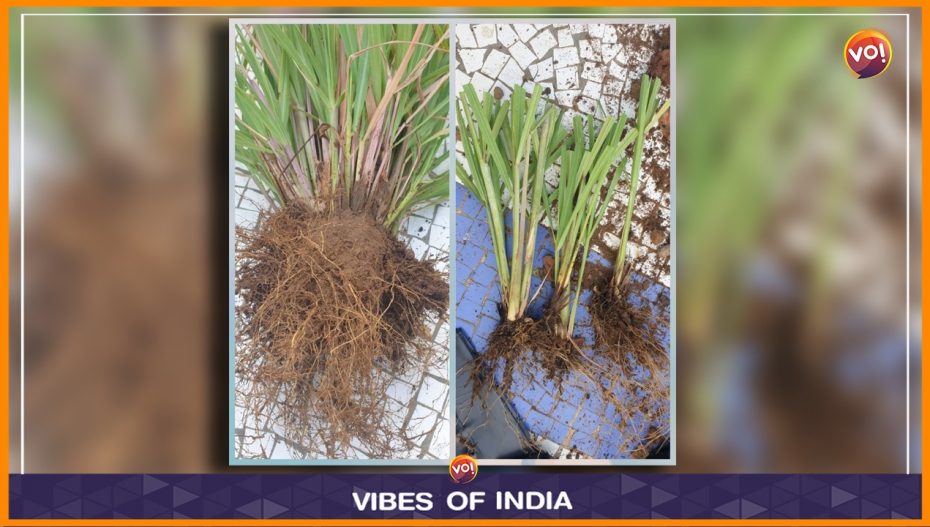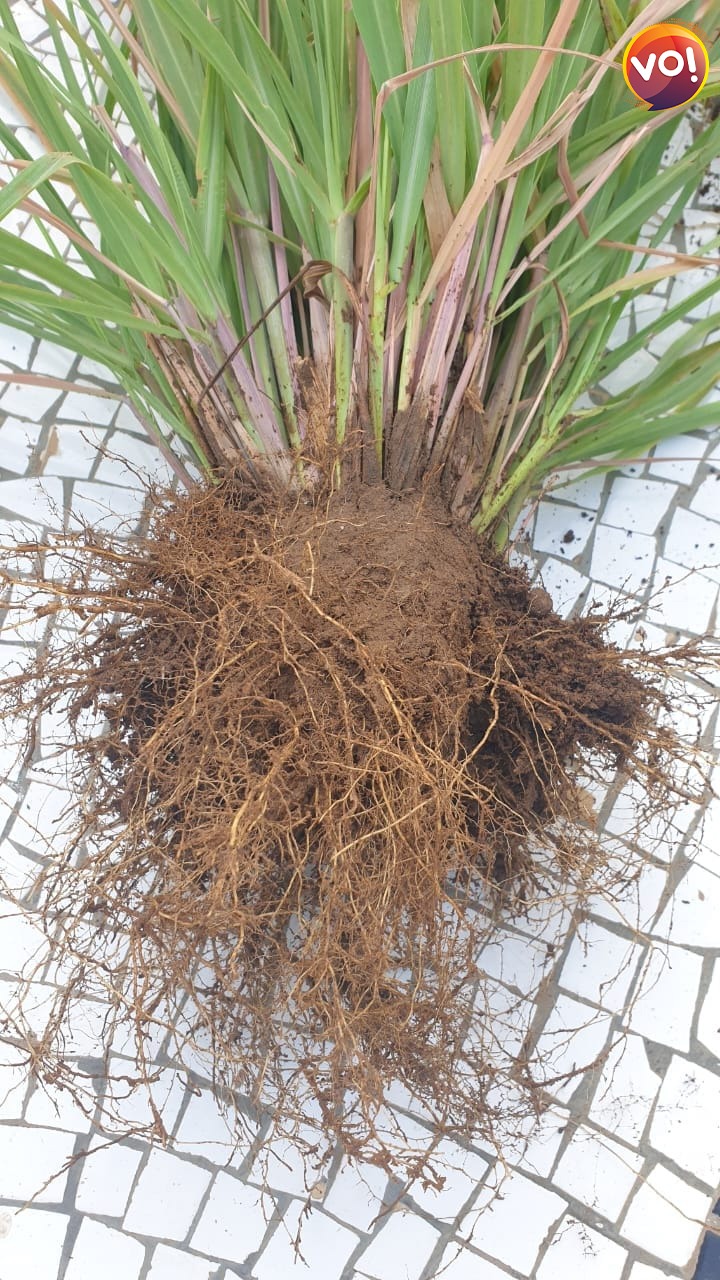This is a good time of the year to make many saplings of lemon grass from your fully dense mother plant. These make great gifts as most love lemon grass due to its refreshing flavor and many uses & benefits.
Lemon Grass is a fragrant herb that is increasingly being used in teas, beverages, and herbal medicines. India is the largest producer of lemongrass and about 80% of the produce is exported. The essential oil is being traditionally exported to West Europe, the U.S.A. and Japan.
Cymbopogon, better known as lemongrass, is an Asian, African, Australian and tropical island plant in the grass family. Some species are commonly cultivated as culinary and medicinal herbs because of their scent, resembling that of lemons.
Steps for growing the plant:
1. Cut the leaves at about 4 inches from the soil. Cut leaves can be preserved in a box kept in a freezer and used for many months.
2. Carefully uproot the plant with the complete root ball and soil with help of Khurpi.
3. Separate individual plants from root balls using a scissor if need be.
4. Plant in bags or containers, water them and keep them in a semi-shade for a week or so.
5. In about 2 weeks the plants should show new growth. Let them grow for a few more weeks to look good as a gift.
This grass grows in dense clumps that can grow to 6 ft. in height and about 4 ft. in width, although it commonly has been seen as much smaller. Leaves are strap-like, 1.3 to 2.5 cm wide, to 3 ft. long and have gracefully drooping tips. Currently, India grows this crop in a 3,000-ha area, largely in the states of Kerala, Karnataka, U.P., and Assam, and the annual production range is between 300-350 t/annum.
















